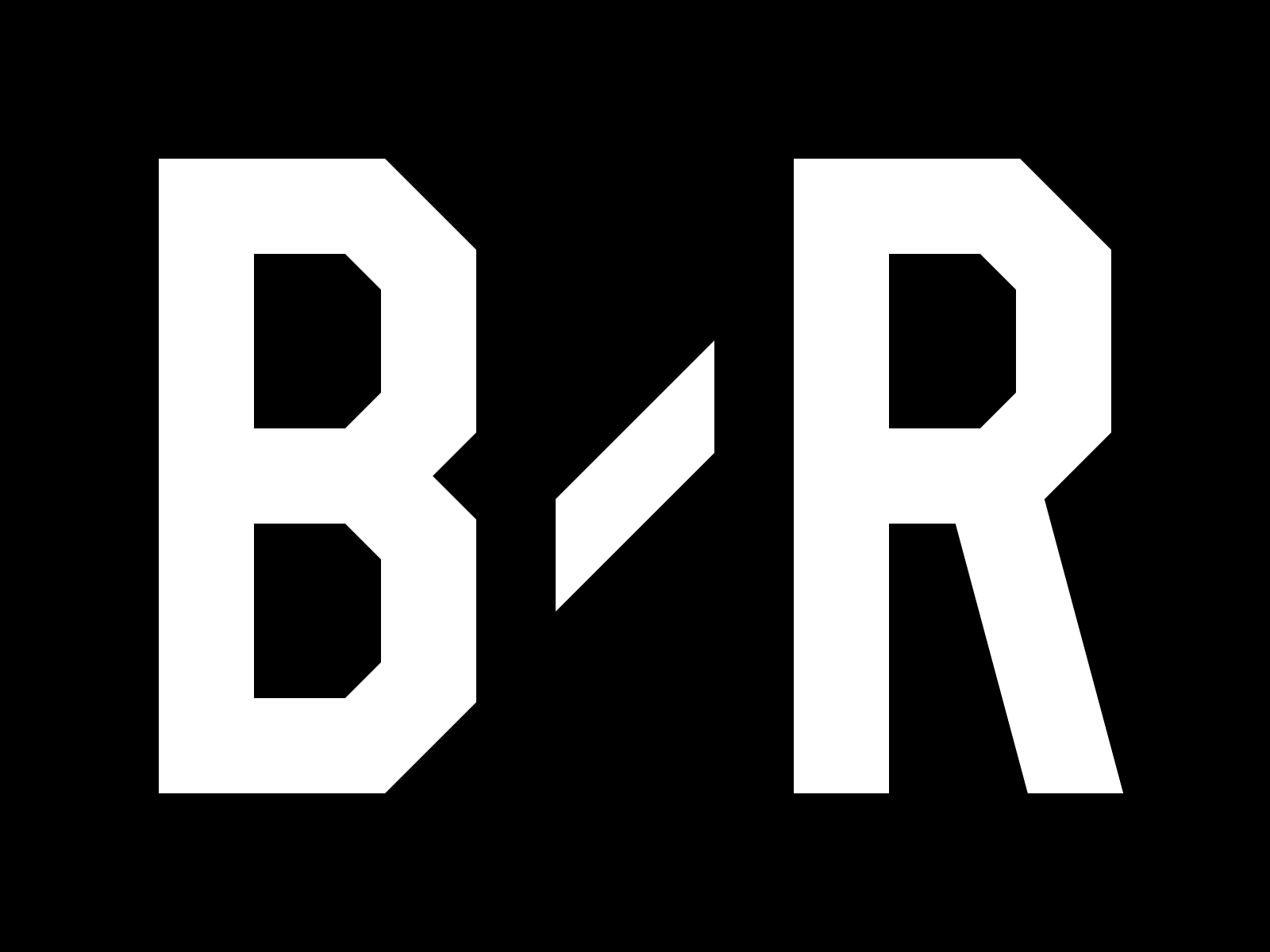This year's Memphis Grizzlies are filled with pleasant surprises (James Johnson, Courtney Lee, pre-illegal-substance-suspension Nick Calathes, 15 minutes of Beno Udrih), but Mike Miller is the most important.
Coming off three straight NBA Finals appearances as the Miami Heat’s “break in case of emergency” flamethrower, the 34-year-old forward now fills an even more useful and relevant role as Memphis’ thorniest offensive weapon.
As NewsOk.com's Anthony Slater writes: "The last time the Thunder saw Mike Miller in a playoff series, he was battered, bruised and nearly broken. His back was shot. His ankle was hurting. His shoulder was aching. His thumb was surgically repaired. But he couldn’t miss."
That last part still holds true, but the rest is in the rearview mirror. Miller appeared in all 82 games this season—the only Grizzly to do so—for the first time since winning Rookie of the Year in 2001. He made 45.9 percent of his threes on 233 attempts, more than he's hoisted in over a decade. There have never been as many accurate three-point marksmen in the league at one time as there are now, but only Kyle Korver and Pablo Prigioni finished the year with a higher percentage than Miller.
Everyone knows he can shoot. But his value doing so on a Memphis team that desperately needs the spacing is what makes everything about the fourth (or fifth?) act of Miller’s career so magnificent.
The Grizzlies need Miller in a completely different way than they need all the players on their roster who hold weightier responsibility, especially in these playoffs. His shooting turns a claustrophobic offense into a breezy walk on the beach.
What do we mean by “claustrophobic?” Look at this Marc Gasol post-up from Game 2 that occurs with Tayshaun Prince on the floor instead of Miller.
Prince's shot isn't respected by NBA defenses anymore, and here he's rendered completely insignificant by Thabo Sefolosha, and Gasol is forced to make his move against two defenders instead of one. Now, a bit later in the same contest, here's another Gasol post-up, this time with Miller standing on the perimeter.
There are differences between these two plays, but the result stands firm and noticeable. Kevin Durant would dig the post if Miller were anybody else. He's instead forced to helplessly watch, like the rest of us, as Gasol earns an easy trip to the free-throw line.
Miller allows Zach Randolph and Gasol the space and time they need to operate. In this particular series, it forces the Oklahoma City Thunder to essentially defend the Grizzlies four-on-four, which is like having four men wrestle two men and two bears.
Lineup data and on/off numbers aren’t the greatest way to show Miller’s impact: The Grizzlies’ offense is a couple points per 100 possessions better with Miller on the bench in these playoffs, and the team performed the same with or without him during the regular season; defensively, Memphis tends to deteriorate when he’s on the floor.
But in Game 2, they outscored the Thunder by 13 points when Miller played. He scored nine points, all coming on three-point darts. Most of the sample sizes these numbers come from are tiny, but the spacing Miller provides is anything but. Here’s a closer look at some of the opportunities Miller’s mere presence can create for teammates.
Look how Caron Butler is playing defense as Mike Conley attempts a corner three. Look how his body is positioned and where his feet are pointed. The arrow points to where Butler would be standing if Miller's shot weren't feared.
Notice how much space Conley and Gasol would have to run a side pick-and-roll had Memphis' point guard not forced up a contested three with plenty of time on the shot clock.
Here's more of the same, with Butler shadowing all the way out past the three-point line moments after Miller curls off a pick by Gasol. Udrih ends the possession by passing the ball to Derek Fisher, but just look at the potential for success Miller creates by standing over 25 feet from the basket. He's a godsend for a team that won't win without big performances from their lumbering franchise big men.
How else can spacing help? It creates paths to the paint that normally wouldn't exist. Mike Conley appreciates this more than anyone else on the team.
Instead of using this Ed Davis screen and running into Durant (or Westbrook, who'd have no problem helping off Tony Allen), Conley needles his way in the opposite direction. Miller and Butler are only a few feet away.
As Conley scampers by, Butler does nothing more than uselessly swipe his hand towards the ball, afraid to leave Miller's side for a second. This is the extra dimension Miller brings when he's on the floor. Drives like this don't exist without him.
So far, the Thunder have guarded Miller with the aforementioned Butler, Durant and Russell Westbrook. Miller torched the Thunder point guard with a few wide-open looks in Game 2 that were berthed from Westbrook's gambling nature.
Miller isn't one of the Grizzlies' five best players, and defensively he can do little more than stand out on the other team's weakest option, but winning in the playoffs requires a functioning offense that can score in more ways than one. For the 20-25 minutes Miller's on the floor every game, Memphis is able to operate fluidly, with more choices to attack.
Beside Miller, the Grizzlies don't have too many three-point shooters capable of turning a game around. Out of everyone in the rotation, Mike Conley is second to Miller at a distant 36.1 percent. The team finished the regular season with nearly 150 fewer attempts from deep than the 29th ranked New Orleans Pelicans. They don't like the shot, but they need it.
Miller's appearance subtly makes everyone else better, an unquantifiable impact for which Memphis has no Plan B for if he went down. As long as the Thunder have to worry about Miller's shot, the Grizzlies have a solid chance at pulling off an upset. Beyond that, he's worth every penny.
All statistics in this article are from Basketball-Reference.com or NBA.com/Stats (subscription required) unless otherwise noted.
Michael Pina covers the NBA for Bleacher Report, ESPN’s TrueHoop Network, Sports On Earth, Fox Sports, Grantland and The Classical. His writing can be found here. Follow him @MichaelVPina.





Read 0 Comments
Download the app for comments Get the B/R app to join the conversation